Art is defined in the Oxford dictionary as “the expression or application of human creative skill and imagination, typically in a visual form such as painting or sculpture, producing works to be appreciated primarily for their beauty or emotional power.” There have been many different eras and movements of art, including: Prehistoric, Ancient, Medieval, Renaissance, Mannerism, Baroque, Rococo, Neoclassicism, Romanticism, Realism, Art Nouveau, Impressionism, Post-Impressionism, Favism, Expressionism, Cubism, Surrealism, Abstract Expressionism, Op Art, Pop Art, Arte Povera, Minimalism, Conceptual, and Contemporary art. Art is an integral part of every culture around the world. From cave paintings to digital murals, art has been a part of human culture, language, and interaction for centuries. In the last few years, the development of AI, or artificial intelligence, has altered the art world greatly.
The very first signs of art date back to before the development of human languages, when prehistoric humans communicated through art. Prehistoric people, more widely known as “cavemen,” created cave and rock paintings dating back to 73,000 years ago. These periods are known as the Prehistoric and Ancient art periods. The Medieval, Renaissance, and Mannerism periods lasted from about 500 A.D. to about 1580. These periods began to incorporate paintings on materials other than stone and as well as sculptures. The Renaissance was known as an artistic revolution and included some of the most talented artists of all time, such as Leonardo Da Vinvi and Michelangelo. Baroque, Rococo, Neoclassicism, Romanticism, and Realism lasted from about 1600 to about 1900. These periods were all about development of individuality and personality. Since then, art has ranged from expressionism to cubism, and abstract to modern-day contemporary.
Art has also now been impacted by the development of AI. There has been some stirred “controversy over whether art generated by artificial intelligence should be considered real art.” During the COVID-19 pandemic, AI was brought to the art scene in a more obvious way. This was when artists, rather than going to their own studios, had to meet and create their works on chat rooms or messaging apps. AI has benefits, such as giving inspiration, saving time, and assessing the value of an art piece. The downsides of AI are just as impactful, though. Some might include a “lack of equal access to AI” the potential inaccuracy of AI, and AI’s inability to work and communicate in the art market.
AI has one more downside, which is that it poses a potential threat to artists’ jobs. When interviewed by The Harvard Gazette, independent animator Ruth Stella Lingford explains that although AI could potentially threaten the jobs of animators and artists, it can also be seen as a collaborator. She goes on to explain that although she was told that AI could replicate her style and help her in the animating process, she decides against it. She claims that “Although it is maybe far-fetched to talk about AI as creative or imaginative, the melding of images from different sources, with large elements of the random, closely approximates some aspects of the creative process.” The Harvard Gazette also interviewed Daphne Kalotay, a novelist and short-story writer, who seems to have similar views. She explains, “I recently judged a story contest, and reading the shortlist was a clue to the challenges AI might encounter in creating good writing versus great.” She explains that AI does not have benefits like personal experience of events, true originality, or unique views. She believes that all of these things are what make a piece of art unique, and AI does not quite have that.
All in all, AI has had an impact on art. Throughout the centuries of art development, AI has not only woven its way into the mix, but it has impacted art and artists around the world. AI has made its impact, and it will continue to make a bigger and bigger one as art continues to develop.
References
“Art History.” Encyclopedia Britannica, Brittannica, n.d., www.britannica.com/art/art-history.
“Art History Timeline: Western Art Movements and Their Impact,” Invaluable, LLC, Invaluable, 6 April 2021, www.invaluable.com/blog/art-history-timeline/?srsltid=AfmBOorMwCc3QHQ8aKZxX8I5V9J64m-BDMCGcAYnvksLvvd0Y31sSrAS.
Lam, Pearl. “The Impact Of Artificial Intelligence On The Art World,” Forbes Media LLC, Forbes, 2 February 2024, www.forbes.com/councils/forbesbusinesscouncil/2024/02/02/the-impact-of-artificial-intelligence-on-the-art-world/.
Little, Becky. “What Prehistoric Cave Paintings Reveal About Early Human Life,” A&E Television Networks, History, 6 August 2024, history.com/news/prehistoric-cave-paintings-early-humans.
Mineo, Liz. “If it wasn’t created by a human artist, is it still art?” Harvard Gazette, The Harvard Gazette, 15 August 2023, news.harvard.edu/gazette/story/2023/08/is-art-generated-by-artificial-intelligence-real-art/.
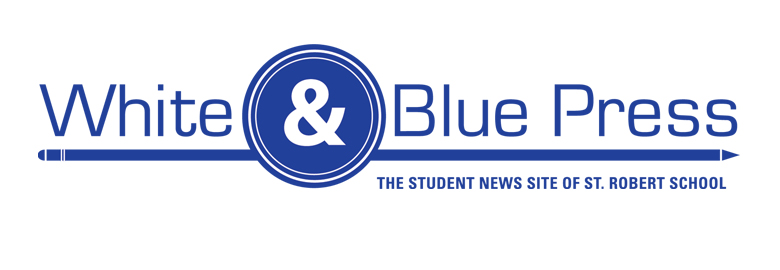
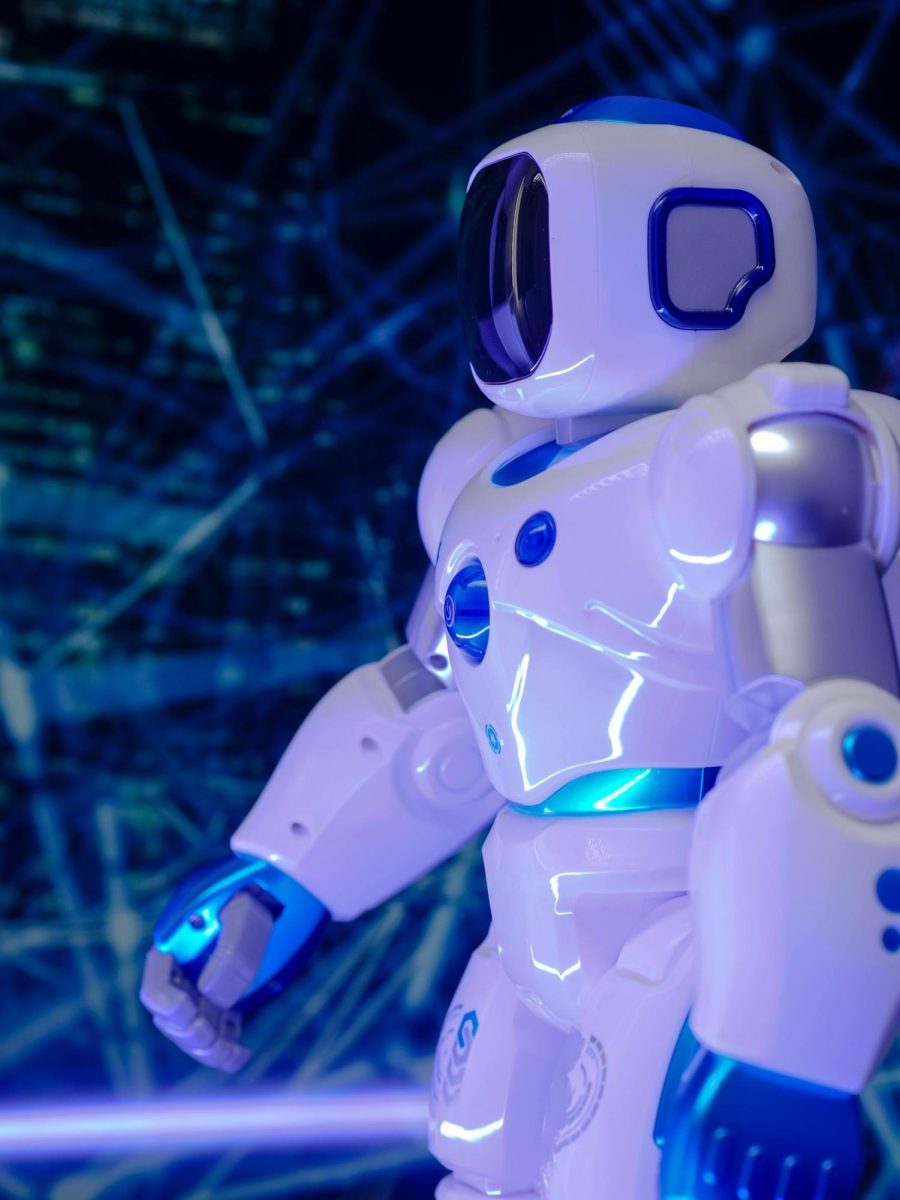

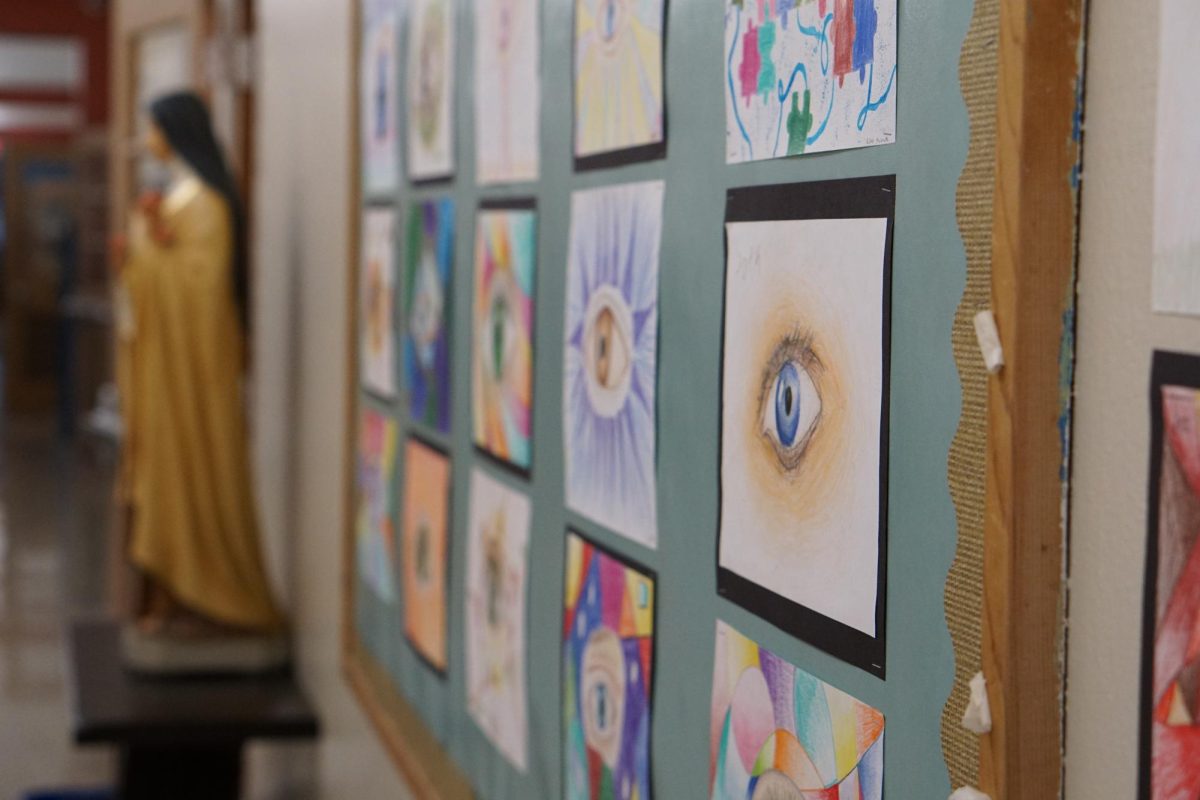
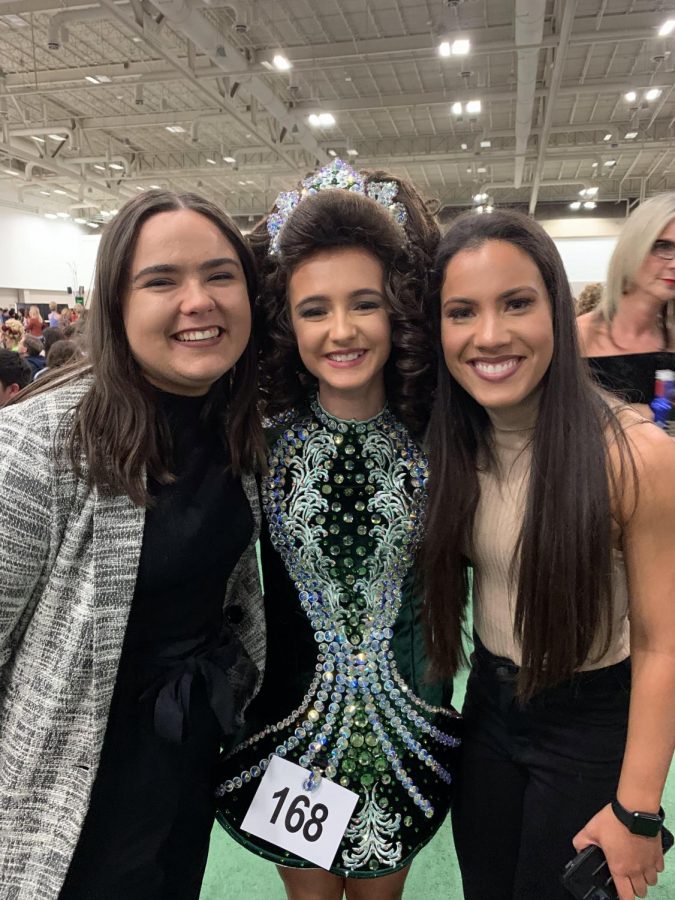
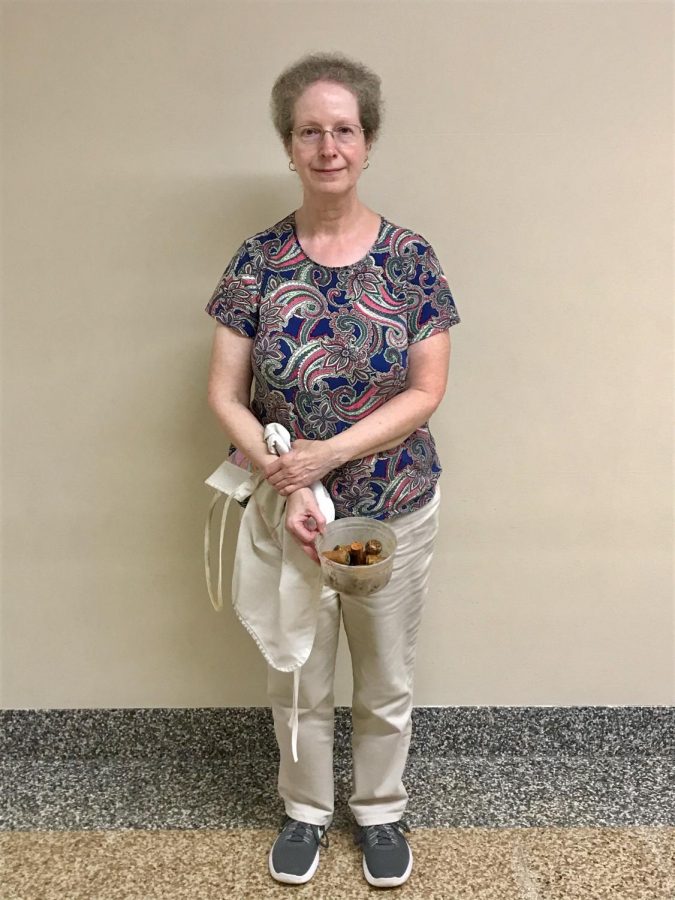

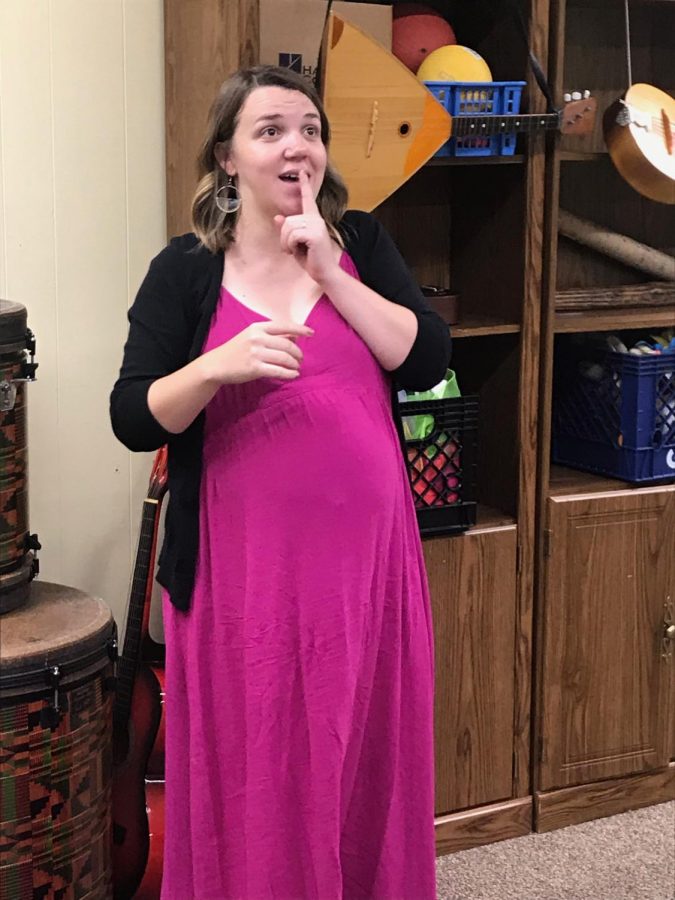
Emmet S • Nov 15, 2024 at 10:40 am
Great job on this one!